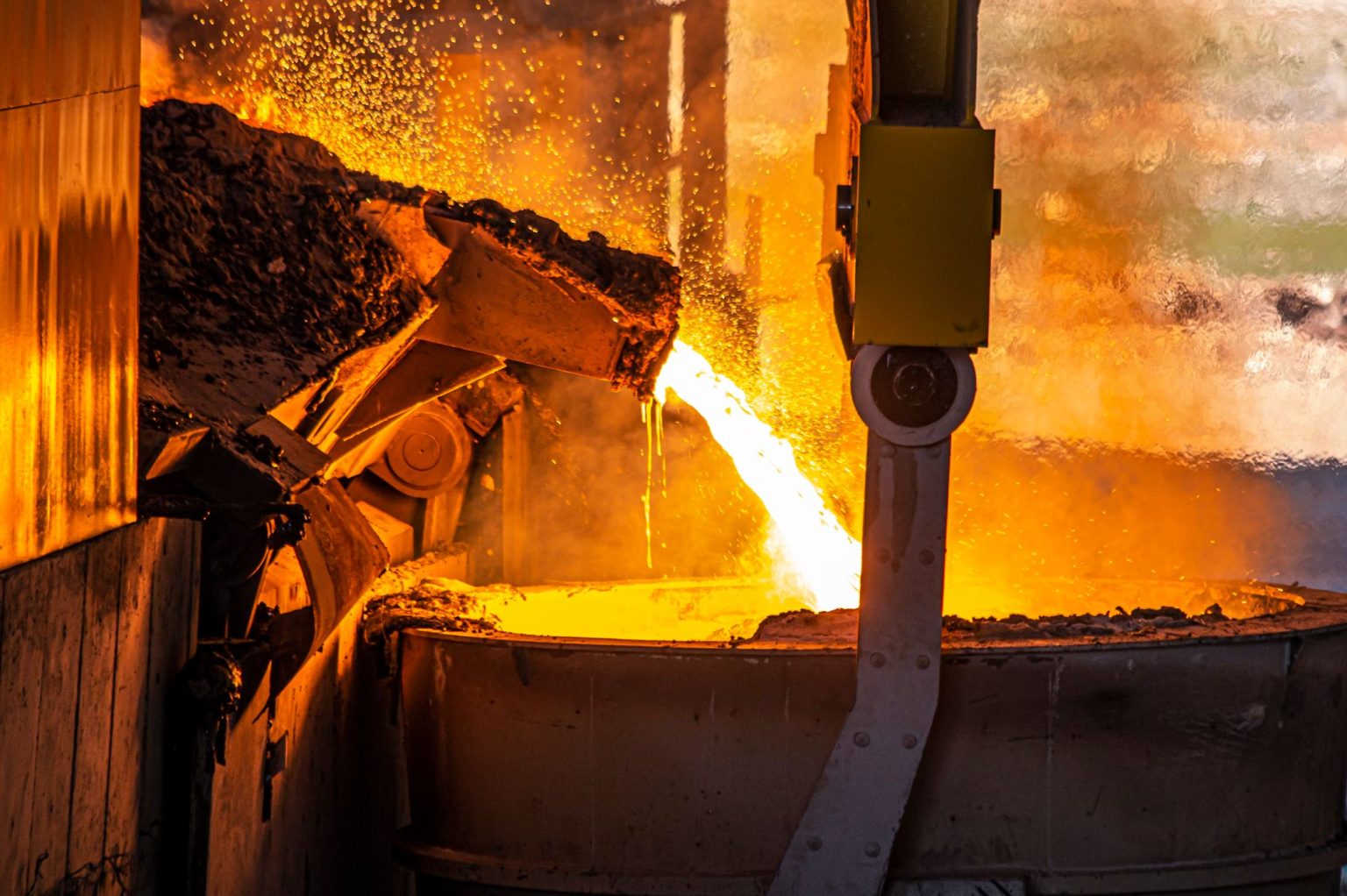Thyssenkrupp’s potential annual carbon certificate costs of €500 million against operating profits of just €260 million expose the financial pressure driving Germany’s steel sector toward hydrogen transition, yet infrastructure delays and policy uncertainty threaten industrial viability across the Rhine-Ruhr region. The disparity between the global green hydrogen market’s projected growth from USD 12.31 billion in 2025 to USD 199.22 billion by 2034 at a 41.46% CAGR and Germany’s stagnant deployment reveals fundamental disconnects between market expectations and operational realities.
The Hy Summit Rhine-Ruhr conference in September 2025 highlighted these contradictions, with industry leaders describing an environment where euphoria has shifted to disillusionment despite KfW granting EUR 24 billion to support Germany’s 9,040 km hydrogen network development. The first 525 km of primarily repurposed natural gas infrastructure represents modest progress against the scale of transformation required for industrial decarbonization.
Economic Viability Crisis and Electricity Pricing
Current German electricity prices at 16 cents per kilowatt hour create insurmountable cost barriers for hydrogen economy development, with Thyssenkrupp CEO Miguel López demanding reductions to 5 cents per kWh to achieve competitiveness. This three-fold cost reduction requirement extends beyond typical market corrections into fundamental restructuring of energy economics and industrial policy frameworks.
The cost structure challenges become explicit when examining EU carbon pricing impacts on steel production. Thyssenkrupp called for a slower and non-linear reduction of allowances until 2050, aligning more closely with the actual industrial transformation pace, as current rules set emissions caps to reach zero by 2039. Free allocation of carbon certificates continues until 2034, but subsequent full pricing would impose costs equivalent to nearly double current operating profits.
Trade tensions compound these cost pressures, with US steel tariffs doubling to 50% creating additional market disruption while pushing more Chinese steel into European markets. Thyssenkrupp Steel’s planned reduction of 11,000 jobs reflects immediate responses to these combined competitive and regulatory pressures.
Infrastructure Development and Coordination Failures
Physical infrastructure progress remains limited despite substantial financial commitments. Construction of the first 30 km of the Dutch hydrogen backbone began in October 2024 as part of a planned 1,200 km network, representing early stages of cross-border connectivity required for hydrogen import strategies. The Netherlands-Germany connection targets Rotterdam and Amsterdam port access for hydrogen imports, though demand certainty remains lacking.
Thyssengas Managing Director Thomas Becker identified the coordination problem: hydrogen producers lack buyer certainty while industrial consumers cannot secure sufficient quantities at reasonable prices. This chicken-and-egg dynamic prevents investment commitments necessary for infrastructure scaling, despite the grid operator’s readiness to proceed with pipeline construction.
The Port of Duisburg’s ammonia import strategy exemplifies the risk-taking approach needed to break coordination deadlocks, though success remains uncertain. Ammonia storage and cracking technologies at destination ports could enable hydrogen transport over long distances, but commercial viability depends on demand scaling that current market conditions do not support.
Policy Fragmentation and Regulatory Uncertainty
Cross-border coordination failures constrain hydrogen supply chain development, with France blocking pipeline connections from Spain and Portugal that could provide renewable hydrogen access to German industry. These infrastructure bottlenecks limit supply diversification options while domestic production capacity remains insufficient for industrial demand requirements.
REPowerEU Strategy aims to produce 10 million tonnes and import 10 million tonnes by 2030, with renewable hydrogen covering 10% of EU energy needs by 2050. However, implementation mechanisms and Member State coordination protocols have not evolved to support these targets through actionable policy frameworks.
German federal policy changes under the new government create additional uncertainty for industrial hydrogen investments. Minister’s criticisms regarding “disinterest” in hydrogen policy from the Economics Ministry suggest weakened political commitment to hydrogen economy development, contrasting with previous administration priorities.
Steel Industry Transformation Requirements
Investment of EUR 30 billion is expected in the steel industry by 2050, representing massive capital commitments dependent on hydrogen availability and cost competitiveness. Thyssenkrupp’s DRI plant development includes contingency planning for initial gas operation with hydrogen transition planned for later phases, reflecting uncertainty about hydrogen supply timing.
The €2 billion subsidy package for Thyssenkrupp’s green steel development includes requirements for hydrogen-based operation from specified dates, creating inflexible commitments that may not align with actual infrastructure availability. Industry requests for “breathing room” indicate recognition that transformation timelines may require adjustment based on practical constraints.
Current steel production methods using bluemint technology achieve around 1.5 metric tons (70%) reduced CO2 emissions, providing interim solutions while hydrogen-based production development continues. These bridge technologies enable emissions reductions without full hydrogen dependence, though they do not eliminate carbon pricing exposure.
Market Reality and Investment Consequences
The contrast between hydrogen market projections and deployment realities suggests significant overestimation of near-term commercial viability. While the global hydrogen market was valued at USD 204.5 billion in 2024, with 12.2% CAGR growth projected through 2034, actual infrastructure utilization and industrial adoption rates lag substantially behind financial market expectations.
German deindustrialization risks become tangible when examining steel sector employment and capacity utilization trends. The threat extends beyond individual company performance into regional economic stability, particularly in North Rhine-Westphalia, where steel production supports extensive supply chains and employment networks.
Industrial policy coordination between federal and state governments has not produced coherent frameworks for managing the hydrogen transition while maintaining industrial competitiveness. The gap between policy announcements and implementation mechanisms creates investment uncertainty that compounds technical and economic challenges facing hydrogen economy development.
Risk-sharing mechanisms between public and private sectors remain underdeveloped, leaving individual companies and regions exposed to transition costs and uncertainty. Port of Duisburg CEO Markus Bangen’s call for entrepreneurial risk-taking acknowledges that perfect conditions may never emerge, requiring coordinated action despite uncertainty.
The stalled hydrogen economy reflects systemic coordination failures across multiple levels of governance and industry, where technical capabilities exist but economic incentives and policy frameworks have not aligned to support large-scale deployment. Resolution requires addressing electricity pricing, cross-border infrastructure coordination, and regulatory certainty simultaneously rather than pursuing incremental improvements in individual areas.





